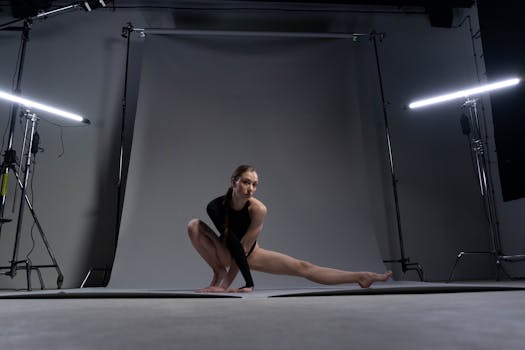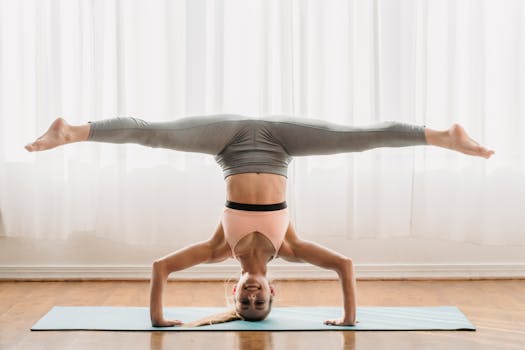
Exploring Different Styles of Yoga: Hatha, Vinyasa, Ashtanga, and More
Takeaways: Yoga is a versatile practice with various styles to suit different needs and preferences. Hatha is perfect for beginners, Vinyasa offers a fluid practice, and Ashtanga provides a rigorous workout. Understanding these styles can help you choose the right path on your yoga journey.
Yoga has become a global phenomenon, transcending cultures and appealing to people of all ages and backgrounds. With its roots in ancient India, yoga is not just a physical practice but a holistic approach to wellness that encompasses the body, mind, and spirit. As more individuals seek to incorporate yoga into their lives, the variety of styles available can be overwhelming. In this article, we will explore the most popular styles of yoga: Hatha, Vinyasa, Ashtanga, and more, helping you find the perfect match for your wellness journey.
Understanding Hatha Yoga

In a typical Hatha class, you can expect to hold poses for longer periods and receive detailed instructions on proper alignment. This style allows practitioners to cultivate strength, flexibility, and balance while fostering a deeper connection to their breath. Hatha Yoga is not only about physical postures; it also encourages mindfulness and relaxation, making it a popular choice for those seeking stress relief.
One of the primary benefits of Hatha Yoga is its accessibility. Since the pace is slower, it caters to individuals of all fitness levels and ages. Whether you’re a beginner or an experienced yogi, Hatha Yoga offers a nurturing environment to explore your body and mind.
Diving into Vinyasa Yoga

In Vinyasa Yoga, you’ll typically flow through a series of poses, such as downward dog, warrior poses, and sun salutations, coordinating your breath with each movement. This style is excellent for building strength, flexibility, and endurance, as it often incorporates challenging postures and transitions.
The energetic nature of Vinyasa Yoga makes it appealing to those who enjoy a more vigorous workout. Many practitioners find that flowing through the sequences helps clear the mind and create a meditative state. Additionally, Vinyasa classes often feature music, enhancing the overall experience and encouraging a sense of community among students.
Exploring Ashtanga Yoga

Ashtanga classes typically begin with a set sequence of sun salutations, followed by standing poses, seated poses, and finishing poses. The practice emphasizes the importance of breath, movement, and gaze (drishti), creating a meditative flow that practitioners often describe as transformative.
For those seeking a challenging and disciplined practice, Ashtanga Yoga offers a comprehensive workout that fosters physical and mental resilience. However, it’s essential to approach this style with patience and dedication, as mastering the sequences can take time and commitment.
Conclusion
Exploring different styles of yoga can be an enriching journey that enhances your physical, mental, and spiritual well-being. Whether you choose the gentle and accessible nature of Hatha, the dynamic flow of Vinyasa, or the rigorous discipline of Ashtanga, each style offers unique benefits tailored to various needs and preferences. As you embark on your yoga journey, don’t hesitate to experiment with different styles and teachers to find what resonates with you. Ultimately, the best style of yoga is the one that brings you joy, peace, and a deeper connection to yourself.






